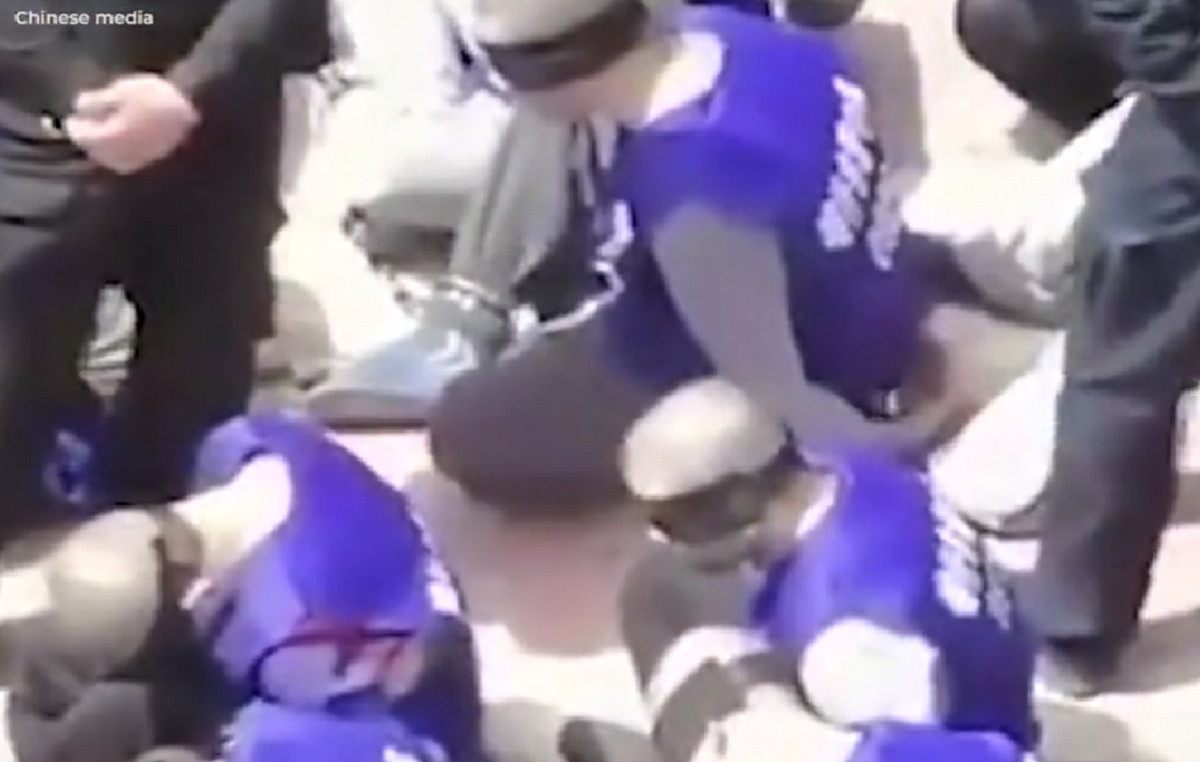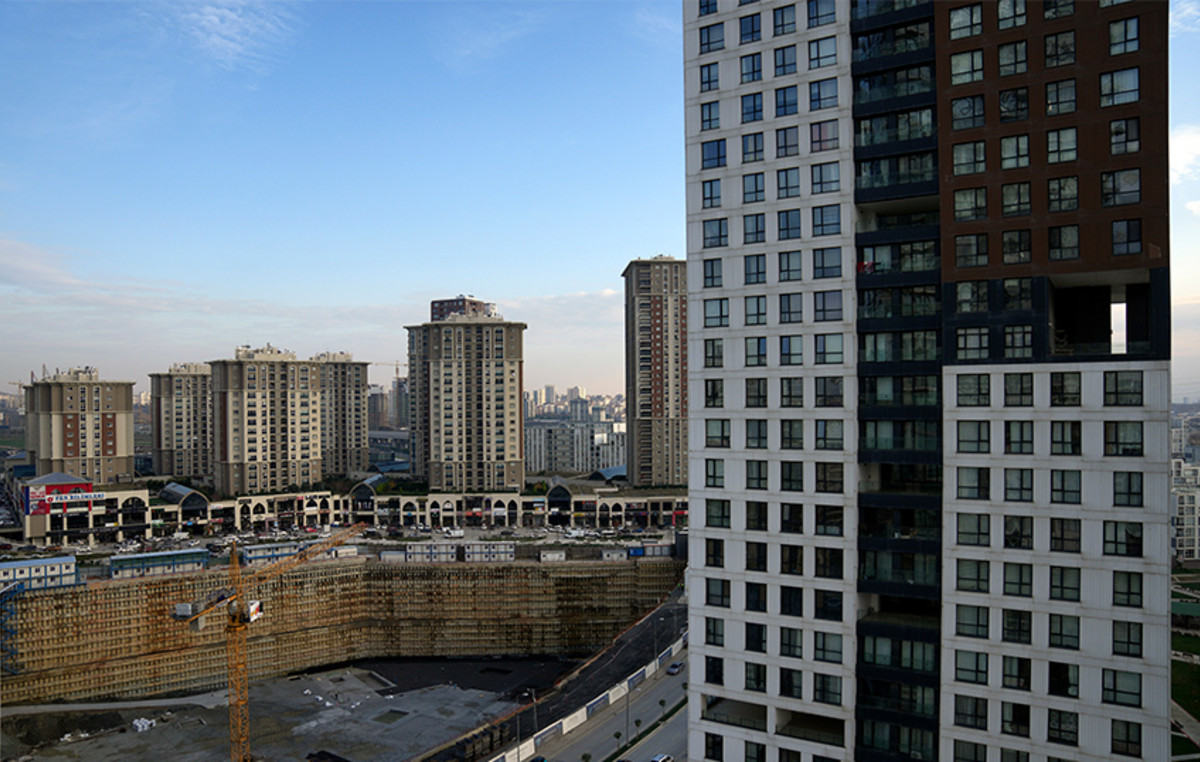O dollar rose 0.9%, quoted at R$5,282, around 9:23 am this Friday (1st), reflecting a reinforcement of investors’ fears about the fiscal risk in Brazil after the approval of the Fuels PEC in the Senate.
O project seeks to reduce the impact of the rise in prices of fuels for the population. For this, it increases the value of social benefits and creates new aids. The estimated expenditure is R$ 41.25 billion, and the text provides for the recognition of the state of emergency in 2022 in the country to justify the new expenses.
The movement does not please the market as it is yet another disrespect for the spending ceiling and leads to a withdrawal of foreign investment, making the real depreciate against the dollar.
The Central Bank will auction up to 15,000 traditional foreign exchange swap contracts in this trading session for the purpose of rolling over the maturity date of August 1, 2022. The BC operation helps to provide liquidity in the currency, but specialists consulted by the CNN Brasil Business point out that the body could do more to contain exchange rate volatility .
On Thursday (30), the dollar rose 0.77%, to R$ 5.231, with a monthly advance of 10.03% and a half-yearly fall of 6.14%. already the Ibovespa fell 1.08% to 98,541.95 points and dropped 11.46% in June, the biggest percentage drop since March 2020.
overall feeling
Investors still maintain a global risk aversion triggered by fears about a possible generalized economic slowdown, and even a recession, due to a series of interest rate hikes around the world to contain record levels of inflation, which would harm many types of investments.
The main cause for this aversion is the cycle of interest rate hikes in United States with the most recent increase announced by the Federal Reserve on June 15th. the autarchy raised interest rates by 0.75 percentage point at its highest since 1994, and left a door open for a increase of the same magnitude in July.
Higher interest rates in the United States attract investments to the country’s fixed income due to its high security and favor the dollar, but harm bond markets and stock exchanges around the world, including the US.
At the same time, the China has relaxed measures to combat Covid-19, but there are fears that new restrictions will harm the world’s second-largest economy, and fiscal risk in Brazil has regained strength with an expansion of government spending.
As a result, the combination of a weakened domestic scenario, with the return of tax risks and fears about interference in the Petrobras and the prospect of strong monetary tightening abroad once again harmed the Brazilian market.
Test your knowledge about the Ibovespa
Let’s start with an easy one: what is the Ibovespa?
Who is responsible for calculating the Ibovespa?
What types of assets are eligible to be listed on the Ibovespa?
Which of these is NOT a criterion for a stock to enter the Ibovespa
How many shares are currently in the Ibovespa theoretical portfolio?
How often is the Ibovespa theoretical portfolio reviewed?
What is the most important stock on the Ibovespa?
What is the smallest share on the Ibovespa?
Each Ibovespa point is equivalent to 1 real. This statement is
What is the historical record for closing the Ibovespa?
Try again!
Tip: follow CNN Business to understand more about Ibovespa
Nice job!
You know a lot about the Ibovespa, but you could know a little more
Sensational!
Congratulations! Are you an Ibovespa expert?
*With information from Reuters
Source: CNN Brasil
I am Sophia william, author of World Stock Market. I have a degree in journalism from the University of Missouri and I have worked as a reporter for several news websites. I have a passion for writing and informing people about the latest news and events happening in the world. I strive to be accurate and unbiased in my reporting, and I hope to provide readers with valuable information that they can use to make informed decisions.







